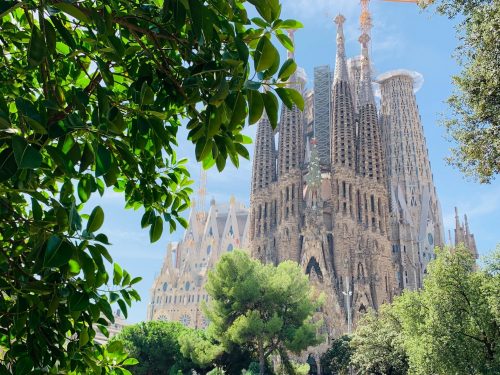 A Complete Guide for Visiting the Sagrada Família in Barcelona
A Complete Guide for Visiting the Sagrada Família in Barcelona
One of the most visited places in Barcelona is the ornate Roman Catholic basilica la Sagrada Família aka the Basilica of the Holy…
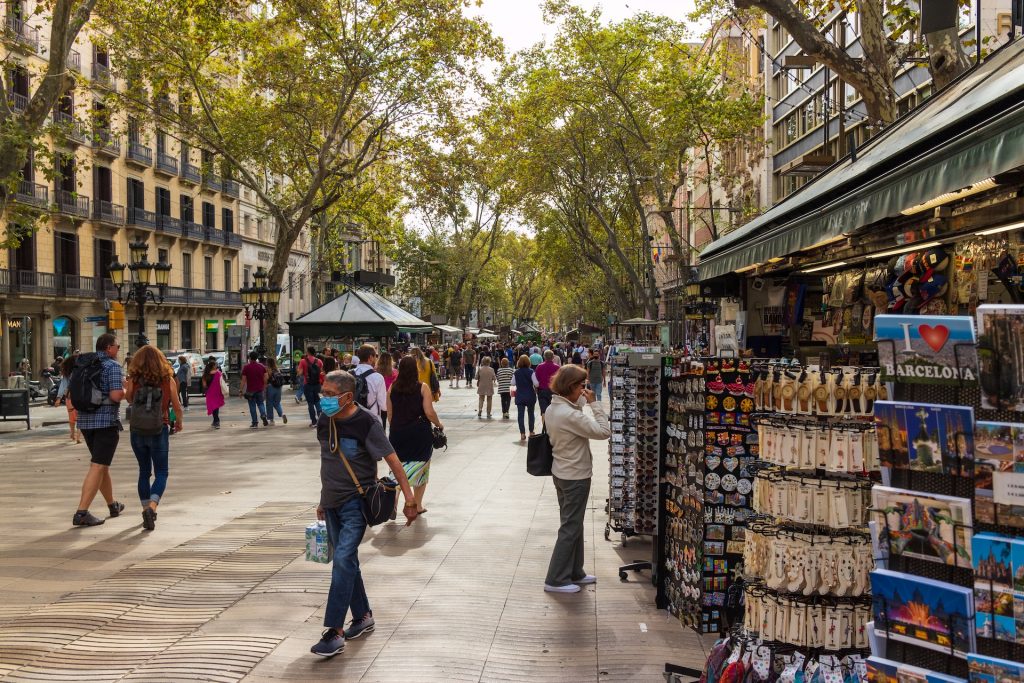
La Rambla, a pedestrian boulevard in Barcelona, may sound like any flâneur’s dream with its long line of beautiful trees, variety of cafes and kiosks, and benches to sit on when your feet get tired. Of course, it’s also a popular tourist destination here in Barcelona.
Whether you actually like walking on La Rambla depends on one thing: Are you a fast walker or a slow walker?
If you don’t mind going for a casual stroll, matching the pace of huge groups of people who are full from big meals, a little tipsy from over-sized (and over-priced) drinks, and compelled to stop and snap a photo of everything, then you’ll love La Rambla at any time of day. If you’re always in a hurry to get from point A to point B, you’ll probably prefer walking on La Rambla before the city and other tourists wake up — between 6 a.m. and 9 a.m.
To experience La Rambla, you’ll have to embrace the fact that it’s busy with tourists most of the day. The boulevard that Spanish poet Federico García Lorca once called the only street in the world he wished would never end, today attracts few locals due to its tourist-first focus.
Still, there’s plenty to see along Barcelona’s half-mile street that stretches from Plaça Catalunya to Port Vell. La Rambla is sometimes called “Las Ramblas” (in Castilian Spanish) or “Les Rambles” (in Catalan), names that refer to the five separate sections that make up the boulevard.
There’s a lot to see and do on this famous street, so I’m here to help. In this post, I’ll break down what you should do and what you can skip in each section of La Rambla.
La Rambla actually has a long history, starting in the Middle Ages as an open sewer along Barcelona’s Gothic Quarter. It gets its name from the Arabic word “ramla,” meaning a sandy or muddy area like a riverbed.
In the 15th century, the city wanted to extend to the El Raval district, so the sewer was diverted to flow outside the city walls and the resulting area became La Rambla, a pedestrian street with Barri Gótic and El Raval on either side.
The area quickly became Barcelona’s cultural center, with various churches and markets popping up around the boulevard. Many of La Rambla’s religious buildings were destroyed during conflicts in the 19th and 20th centuries like the St. James’s Night Riots in 1835 and the Spanish Civil War from 1936-1939.
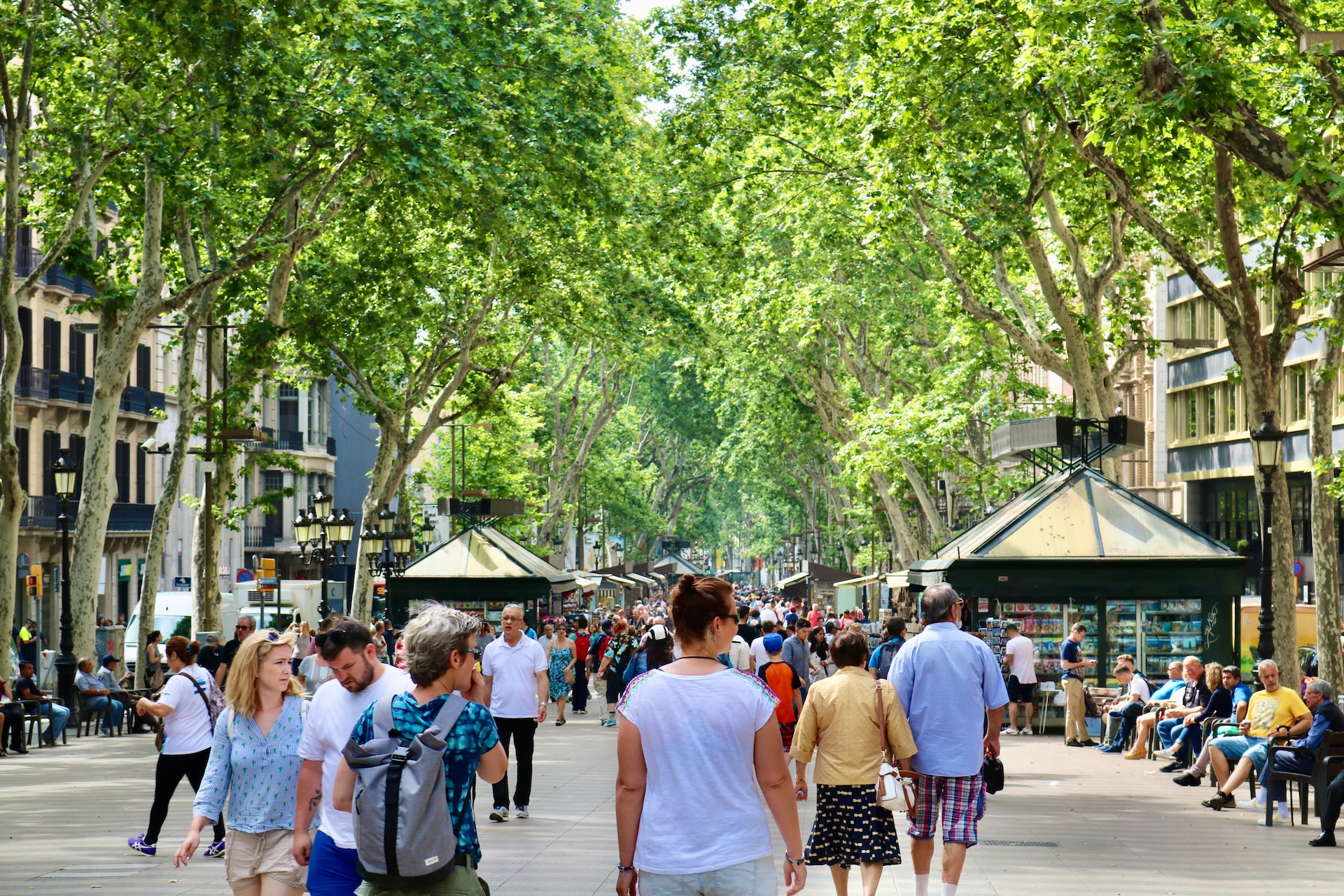
While La Rambla is made up of five separate streets, it isn’t physically obvious when you’ve passed from one section to another unless you’re actively looking for the signs mounted on the buildings. But knowing what landmarks are located in each section will help you navigate the street and find everything you want to see.
If you begin your walk from Plaça Catalunya, the first section of La Rambla is known as La Rambla de Canaletes, so named for its main attraction the Font de Canaletes. This fountain is where FC Barcelona fans like to gather to celebrate their victories, so there must be something lucky about this gray fountain that’s attached to a street lamp.
The tradition likely goes back to the 1930s when a sports newspaper was headquartered across from the fountain, and journalists would wait there to hear the final scores of a match.
What to see: Font de Canaletes isn’t just lucky for soccer (football) fans. Local legend has it that whoever drinks water from the fountain will return to Barcelona one day. Not a bad deal for any visitor who has fallen in love with the city.
The next section is La Rambla dels Estudis, which takes its name from the Estudio General (General Study) building that operated as a university in the 15th century. The street is sometimes also called La Rambla dels Ocells since it was once the site of a bird market.
What to see: Don’t miss the baroque Church of Mare de Déu de Betlem (Our Lady of Bethlehem) that was built in the 18th century on the site of the first church of the order of Barcelona, which was established in the 15th century. Unfortunately, the first church was destroyed by a fire in the 17th century, but the one that survives today includes sculptures of Saint Ignatius of Loyola and bas reliefs that feature a nativity scene. If you happen to be in Barcelona for Christmas, the church holds an exhibition of nativity scenes.
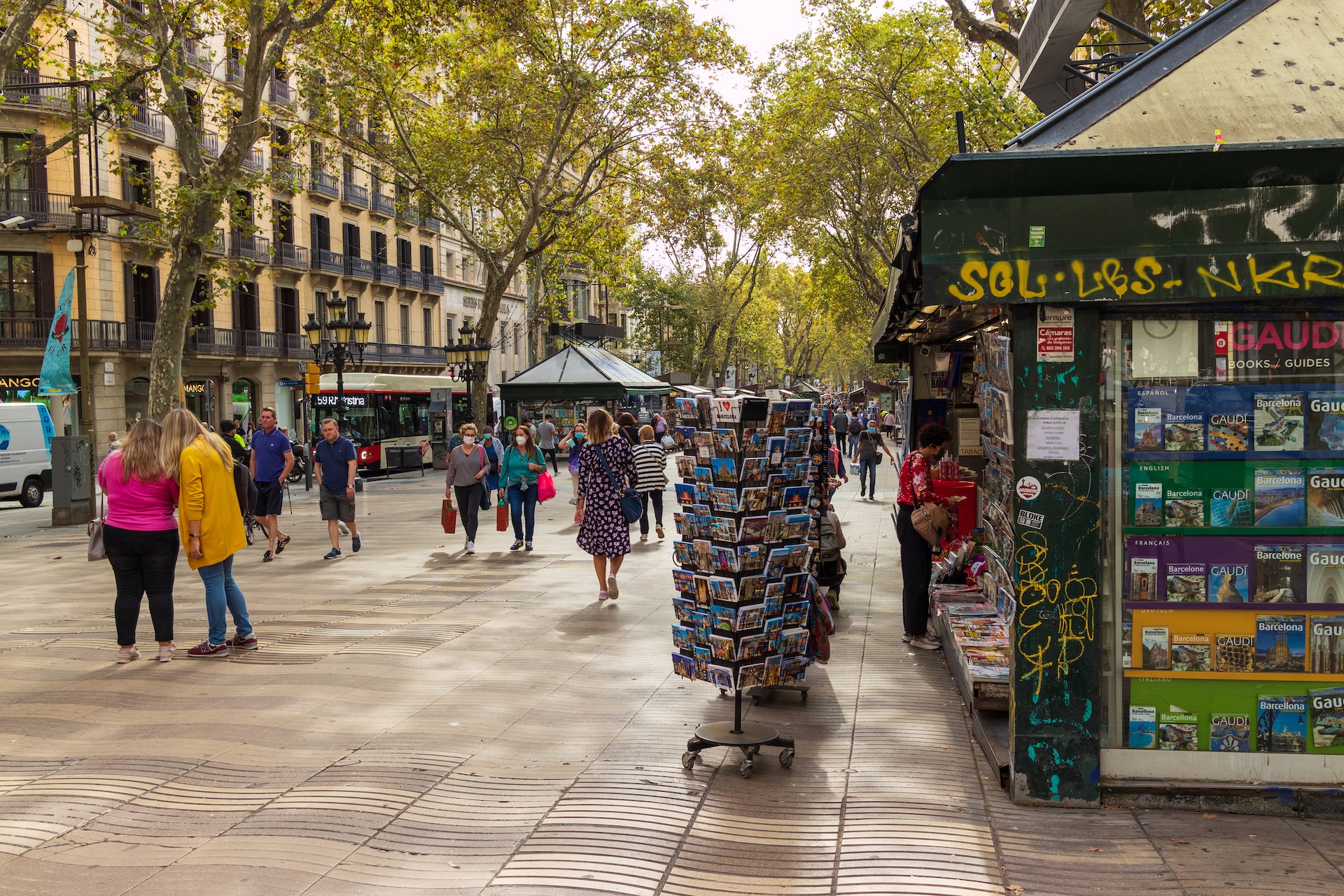
What to do: The Reial Acadèmia de Ciències i Arts de Barcelona (Royal Academy of Sciences and Arts of Barcelona) was inaugurated in 1764 and is headquartered in a modernist building on La Rambla. On the front of the building is a clock that was used to determine the official time of Barcelona for decades. A Hall of Clocks and other instruments inside are especially worth a visit.
What to skip: While Restaurant Moka offers a range of dishes from pizza to paella, it’s overpriced and overrated. The building may have been the site of a civil guard encampment during the Civil War (1936-1939), but you don’t need to dine there to feel closer to that history. The restaurant has also been renovated and modernized since the Spanish Civil War.
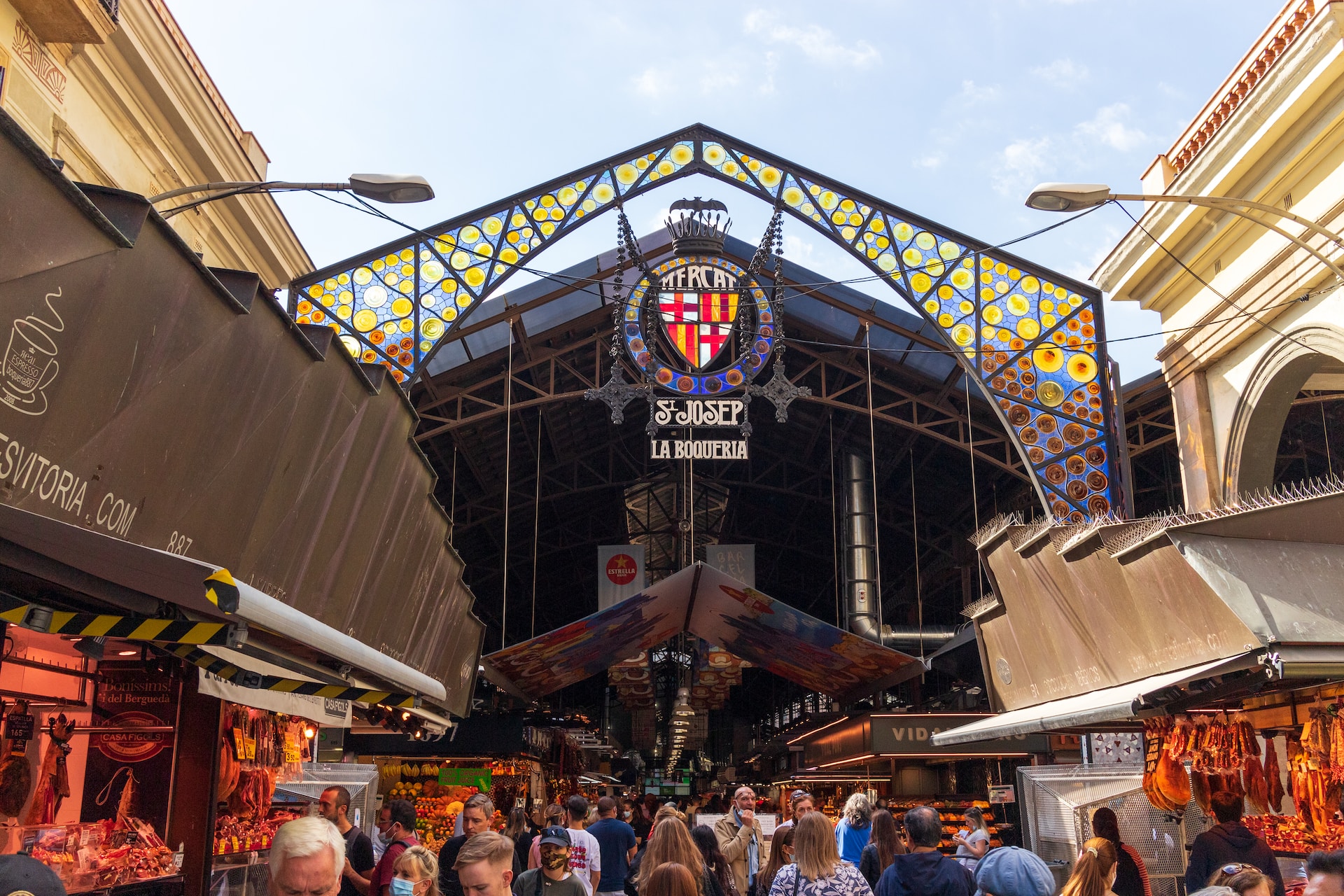
Also known as La Rambla de les Flors because it was where flowers were sold in the 19th century, and you can still find lots of flower stalls there today. This part of La Rambla is home to the famous La Boqueria Market.
What to see: Not only is the Palau de la Virreina a beautiful blend of French classicism and Catalan baroqueism, but it’s also home to the Image Center and Institute of Culture of the Barcelona City Council. Rotating exhibits focused on art, photography, and literature are the main draw to this space. Past installations I’ve enjoyed were retrospectives on artist John Berger’s and writer Marguerite Duras’s work.
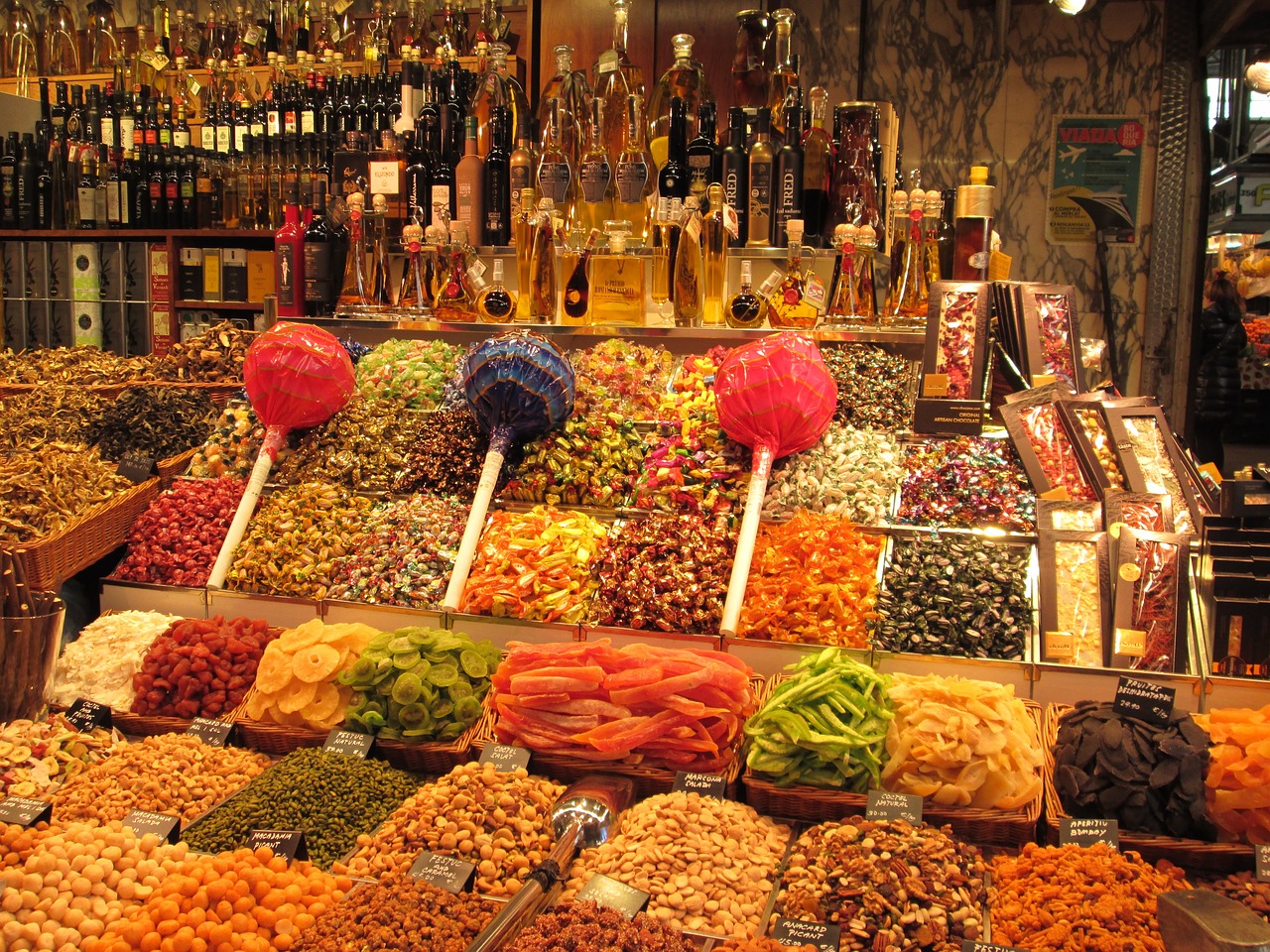
What to do: A visit to La Boqueria Market is a sensory explosion. The market first opened in 1840 and now holds around 300 stalls where you can buy products from around the world. Learn about and sample the two different types of jamon (Serrano and Iberico), purchase a variety of fresh fruits and vegetables, and discover delicious Catalan tapas and dishes at one of the La Boqueria’s bars. This list doesn’t even scratch the surface of what you can find at the market — you’ll have to visit to see everything for yourself.
What to skip: If you have time for a romp through the history of erotica, by all means add Barcelona’s Erotic Museum (or Museu de l’Eròtica de Barcelona) to your itinerary. Its modest collection of artifacts and contraptions can make an awkward atmosphere for visitors, but it does provide an anthropological view of world sexuality. I’d say that most people are happy to just get a picture of the woman dressed as Marilyn Monroe who often poses on the balcony to attract tourists on La Rambla.
Don’t miss: Look down so you don’t miss a mosaic from Surrealist painter Joan Miró.
Continue to La Rambla dels Caputxins, which gets its name from a former Capuchin monastery. This long stretch is considered the center of the boulevard, with interesting sites located on the walkway and off on some of its side streets.
What to see: Wander down Carrer Nou de La Rambla (on the El Raval side of the street), and you’ll find Palau Güell, Antoni Gaudí’s first notable work commissioned by his patron Eusebi Güell. This seven-story palace, built between 1886 and 1890, was conceived as Güell’s family residence. Unlike the other Gaudí houses you’ll see around Barcelona, this one has a dark and gothic facade.
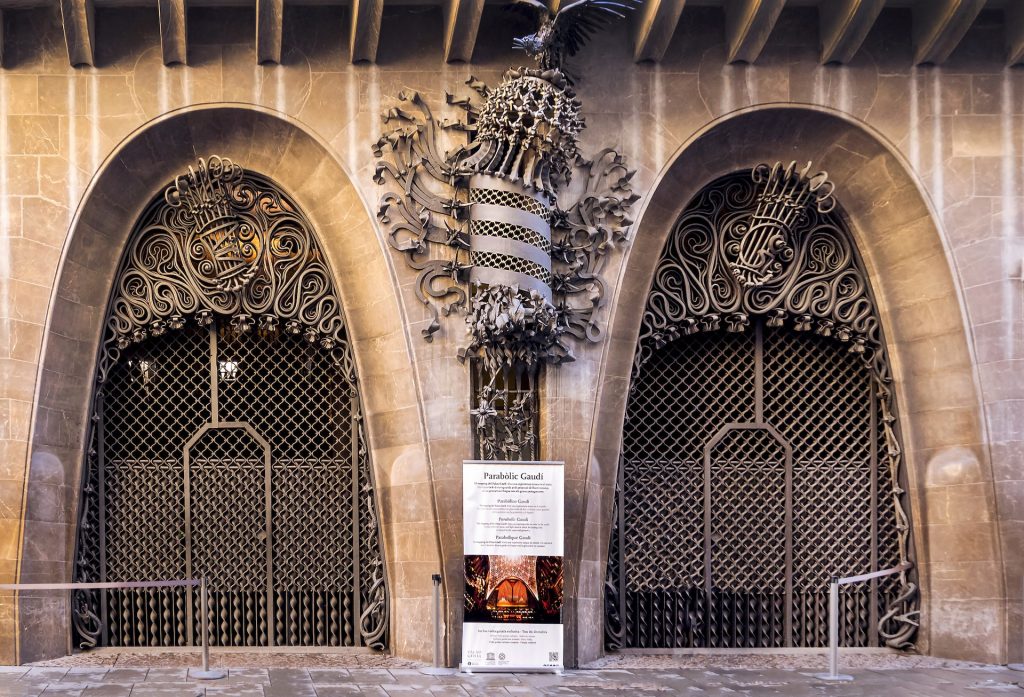
What to do: Love opera? Barcelona’s renowned Gran Teatro del Liceo is for you. Apart from the performances, the theater’s hall of mirrors and Círculo del Liceo decorated with paintings from artists like Ramon Casas are worth seeing.
What to skip: Rocambolesc is an ice cream shop popular with tourists for its funny-shaped popsicles and interesting toppings. The ice cream is good but a bit pricey, so if you’re on a budget, you may want to skip this one. Try Gioelia Cremeria instead — the ice cream is second to none!
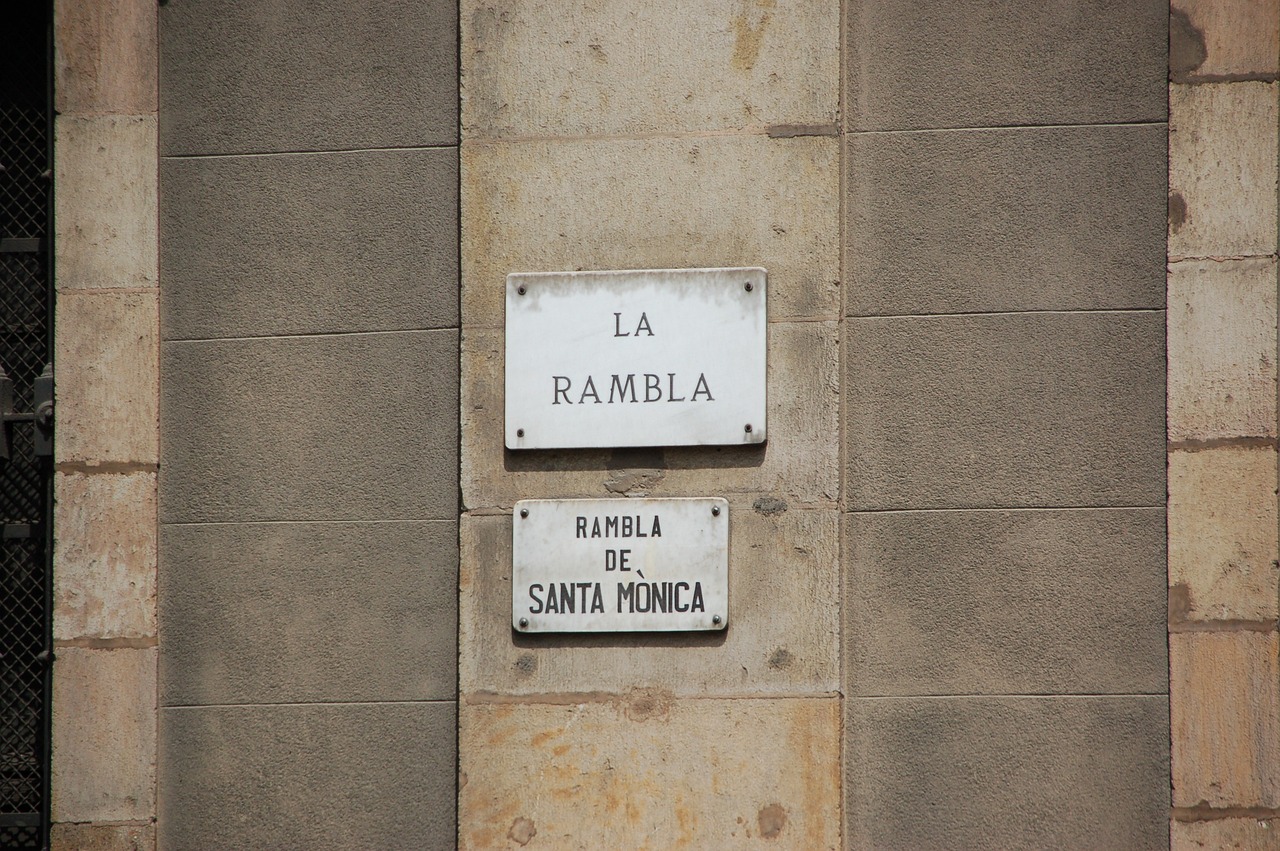
The last stretch of La Rambla leads to a roundabout, where you can see a large statue of Christopher Columbus (Monument a Colom) that was built, like many of the city’s monuments, for the 1888 Exposition.
Across the roundabout is Port Vell, which is filled with Golondrina tourist boats. You can book one of these for a cruise along the port or up the coast to Badalona for views of Barcelona.
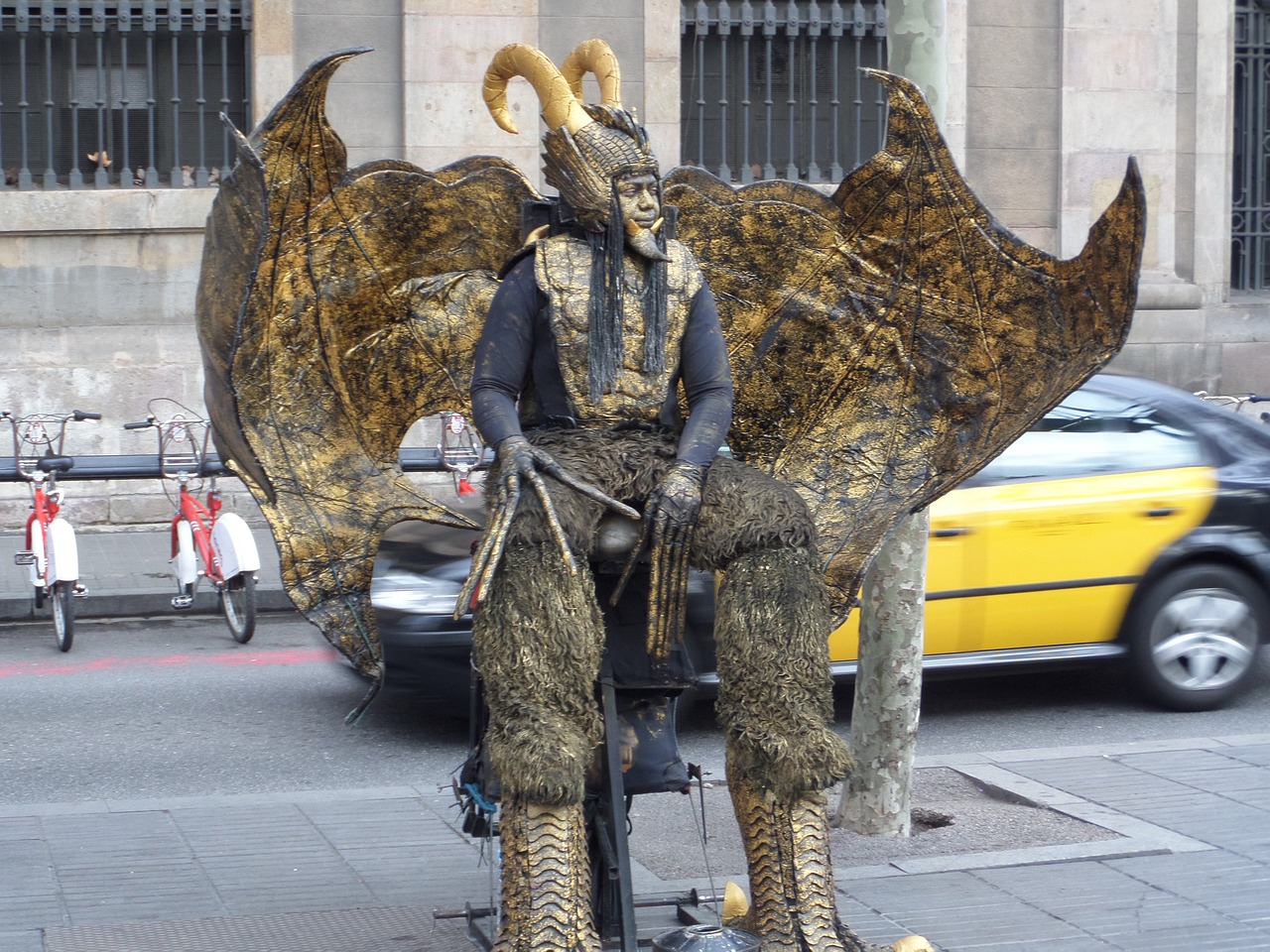
What to do: Visit the Santa Mònica Arts Center, a space dedicated to exhibiting contemporary creativity in Catalonia. There’s always an interesting exhibit or activity on the schedule, and most are free to the public.
What to skip: Avoid the line of sidewalk eateries serving subpar paella and sangria. Eating on La Rambla looks like more fun than it is. You can get a cheaper and better quality the further you go from these tourist traps.
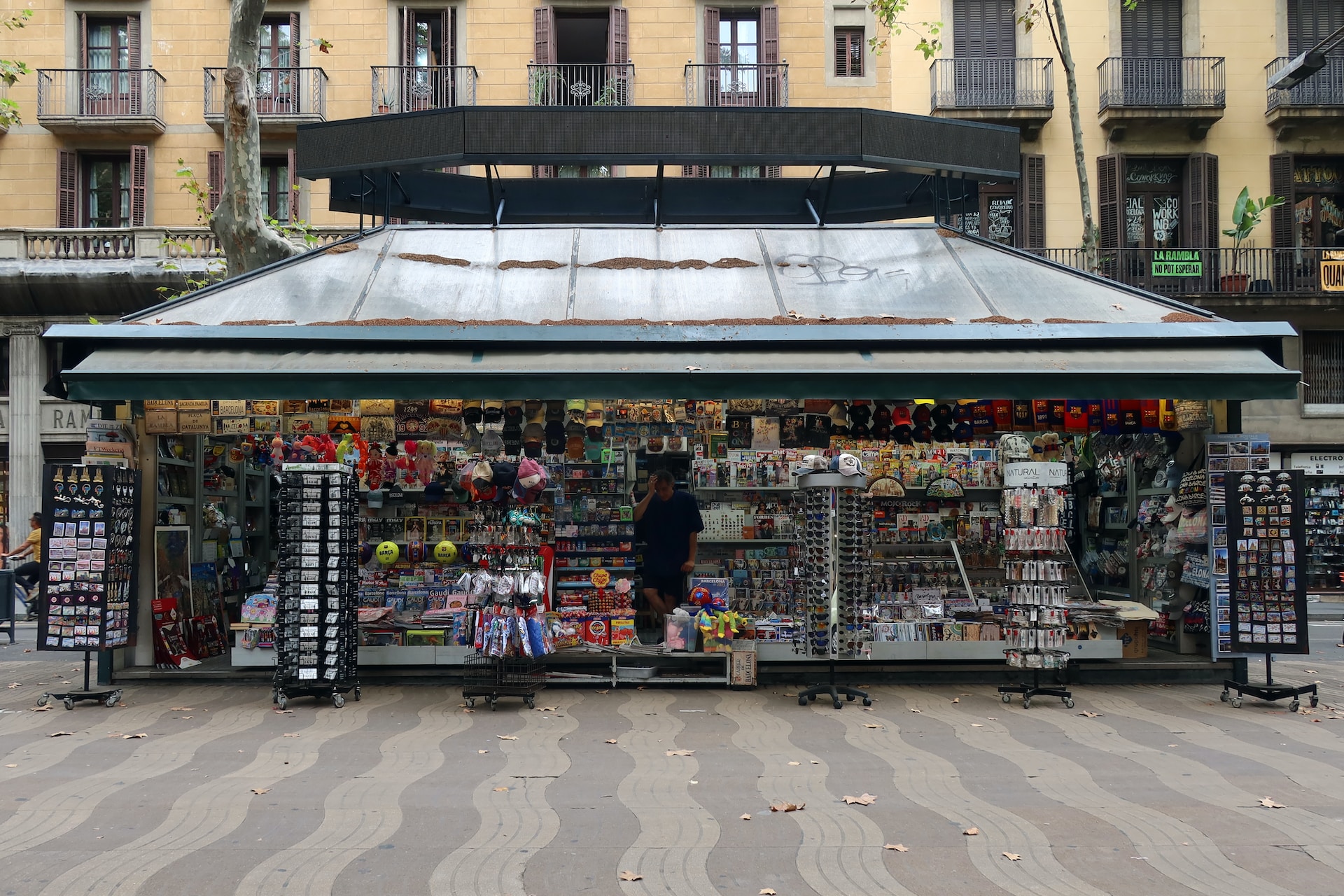
You’ll hear both used interchangeably, but locals call it La Rambla. La Rambla refers to the pedestrian path you can walk down while Las Ramblas more often refers to the street’s different sections.
You’ve probably heard about the many pickpockets on La Rambla stealing bags and phones. The boulevard gets very crowded and there are pickpockets, but you don’t need to avoid the area altogether. Practice caution when walking on La Rambla in the afternoon and evening, the busiest times of day.
There are some nice places for tapas in La Boqueria Market, but I recommend skipping the restaurants on La Rambla and wandering down the winding streets of El Raval to find places to eat. My favorites include Bar La Ravala for thick slices of Spanish tortilla, Bar Muy Buenas for traditional Catalan cuisine, and Bar Mendizàbal for, in my opinion, the best patatas bravas.
Each section has its own character, so it’s pointless to compare them. Why not walk the length of La Rambla and decide which section you like best?
While La Rambla is crowded with tourists, it’s absolutely worth visiting at least once during your stay in Barcelona. Now that you know the best things to do on La Rambla, you can create an itinerary that works for you.
Looking for a deeper understanding of Barcelona’s culture? You need to explore the food scene! From our tapas food tour to a journey through Barcelona’s old and new markets, going with a local is the best way to get to know the city.
 A Complete Guide for Visiting the Sagrada Família in Barcelona
A Complete Guide for Visiting the Sagrada Família in Barcelona
One of the most visited places in Barcelona is the ornate Roman Catholic basilica la Sagrada Família aka the Basilica of the Holy…
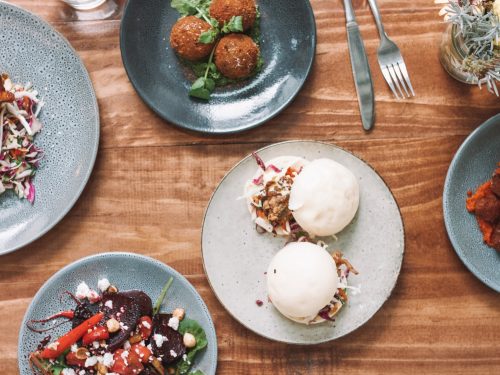 Where To Find the Best Tapas in Barcelona
Where To Find the Best Tapas in Barcelona
Eating tapas is one of the best ways to enjoy food on any trip to Spain. And of course, you want to try…
 How To Visit the National Museum of Art of Catalonia
How To Visit the National Museum of Art of Catalonia
If you’re staying for a week in Barcelona, you could spend all your time at the Museu Nacional d’Art de Catalunya (the museum’s…